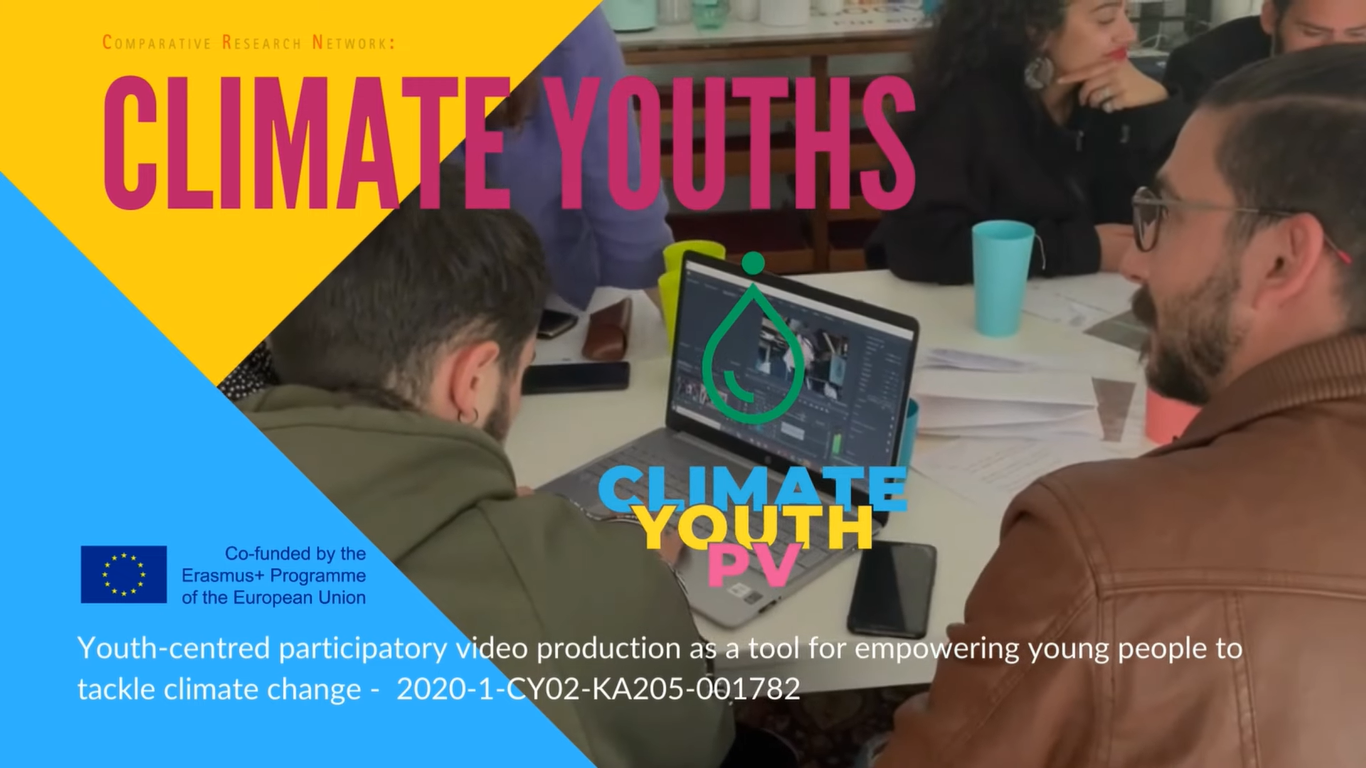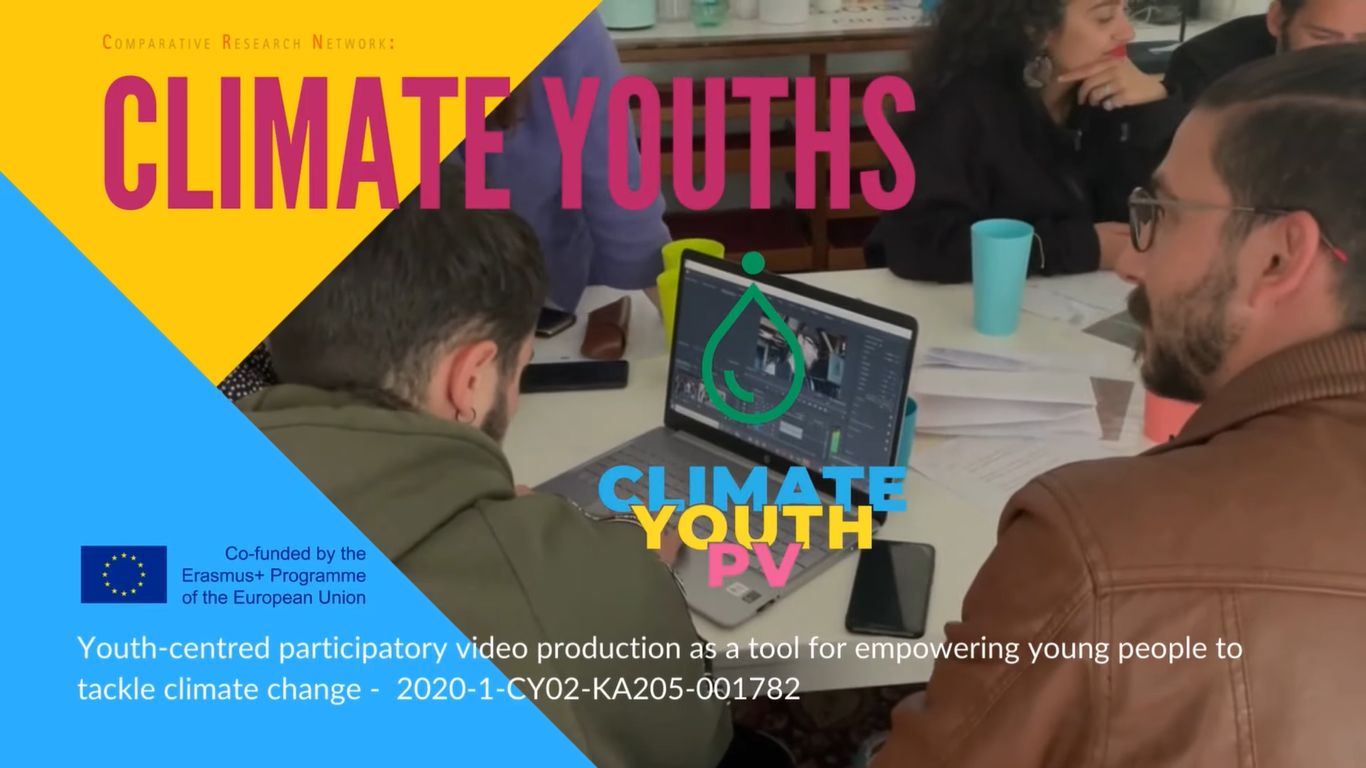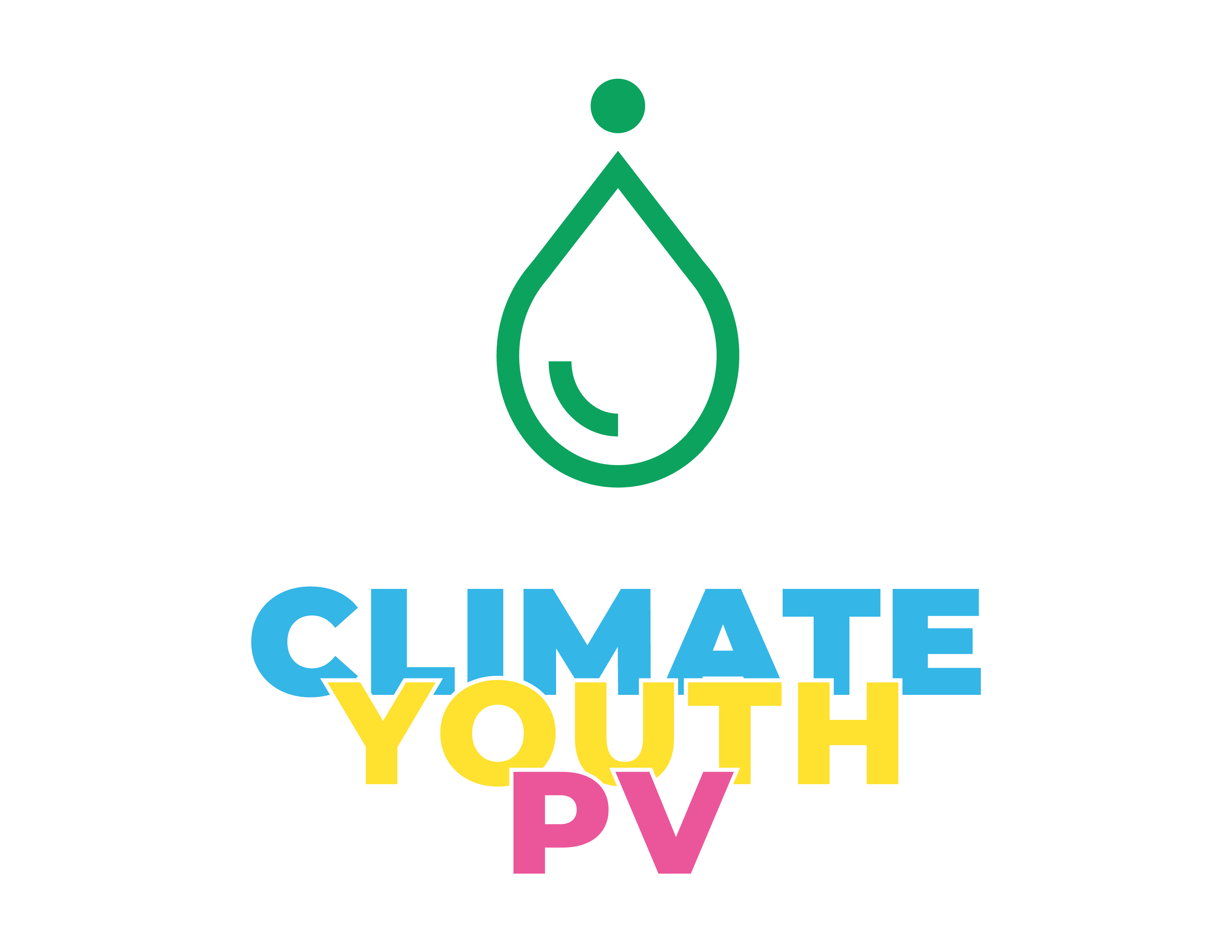Addressing climate change is the 13th Sustainable Development Goal (SDG), where it is described as the single biggest threat to development, and since it will disrupt the basic necessities for human health and well-being – food, water, clean air, and a safe place to live ? it will impact on almost all the other SDGs (Sanson, A. et al, 2018).
According to the Intergovernmental Panel on Climate Change (IPCC, 2007), human activity is likely to be the main cause of greenhouse gas emissions to the Earth?s atmosphere, causing global temperatures to rise and Earth?s climate to change. All countries, particularly developing countries, are vulnerable to the adverse impacts of climate change, and are already experiencing increased impacts including persistent drought and extreme weather events, sea level erosion and ocean acidification, further threatening food security and efforts to eradicate poverty and achieve sustainable development (Rio+20, 2012, The Future We Want).
International frameworks on climate change and sustainable development policy support youth education and participation in responding to climate change. Youth are identified as a major stakeholder with the right and responsibility to participate in sustainable development (United Nations Conference on Environment and Development, Agenda 21 (United Nations, 1992). Youth participation promotes active citizenship and the empowerment of future generations to engage in environmental governance, including climate change governance. The UNFCCC, through its Article 6 on Education, Training and Public Awareness, calls on governments to implement educational and training programs on climate change to educate, empower and engage all stakeholders. The Doha Work Programme on Article 6 of the Convention adopted in 2012 has also targeted youth as a major group for effective engagement in the formulation and implementation of decisions on climate change. Presently, actual implementation of policies at regional or national/local levels is typically lacking or insufficient, especially in developing countries (Narksompong & Limjirakan, 2015).
A growing body of empirical research and practice is emerging that emphasises young people?s capacities to influence and participate directly in efforts to learn about, prevent, prepare for, cope with and adapt to climate change and extreme events (Tanner et al. 2009; Haynes, Lassa, and Towers 2010; Walker et al. 2012).
Here comes PV to play its role as an effective tool that can give voice to young people in policy debates on climate change. According to Lunch and Lunch (2006, 10), PV production is an easy way of bringing people together to explore issues, voice concerns or simply to be creative and tell stories. The process of PV development and screening would be an effective driver for social change and the end result will be used as a medium to promote youth participation in public awareness and active citizenship.
Therefore, having as target group youth workers and young people, we propose a project with the following objectives:
?To provide an accessible way for young people to take action on climate change, through deepening their understanding, engaging and motivating their wider community, and also shaping and creating their own PV, in order to communicate their messages and perspectives to decision-makers and the public.
?To deliver training courses to directly train the target group (young people) in a set of skills and key competences related to PV production and, also, to deliver these courses to a target group of Youth workers, in order to amplify and perpetuate the ripple effect of those courses.
The project results are directly linked to the activities carried out within project implementation period:
A set of training courses, which combine Youth workers training sessions and youth learners training sessions to gain the knowledge and skills to explore sensitive issues related to global warming and climate change, safely and creatively, through their active involvement in the process of producing PVs, which they will use to influence community mobilisation and local action in an interactive environment created between them and their local community.
8 youth workers + minimum 5 at local level to teach PV processes in each of the 2 short training events (C1+C2), which young learners will use as a creative and effective tool that will influence and participate directly in efforts to learn about, prevent, prepare for, cope with and adapt to climate change and extreme events.
12 youth learners + minimum 5 at local level to learn PV processes in each of the 2 short training events (C3+C4) for young people, which will use to produce their own participatory videos.
The website, the use of social media (FB) and the creation of a YouTube channel of the ClimateYouths project will contribute as strong dissemination means, which will include the PVs produced by the youth workers and the young learners.








